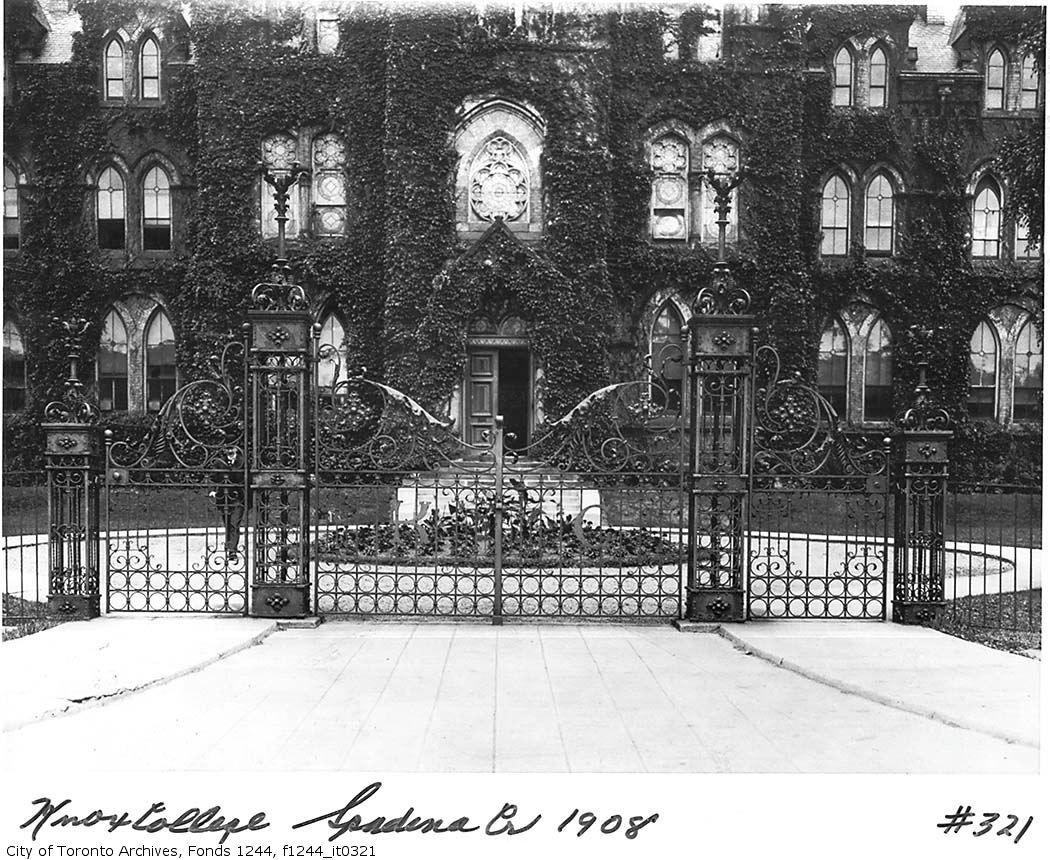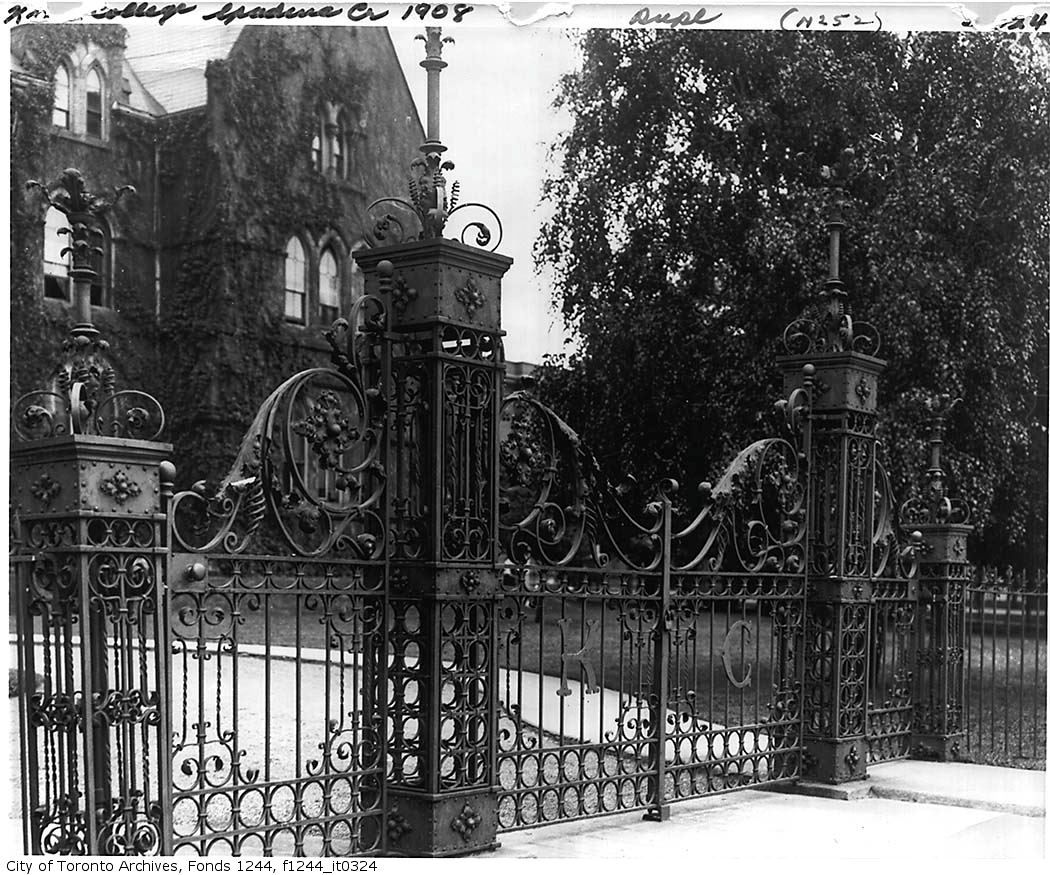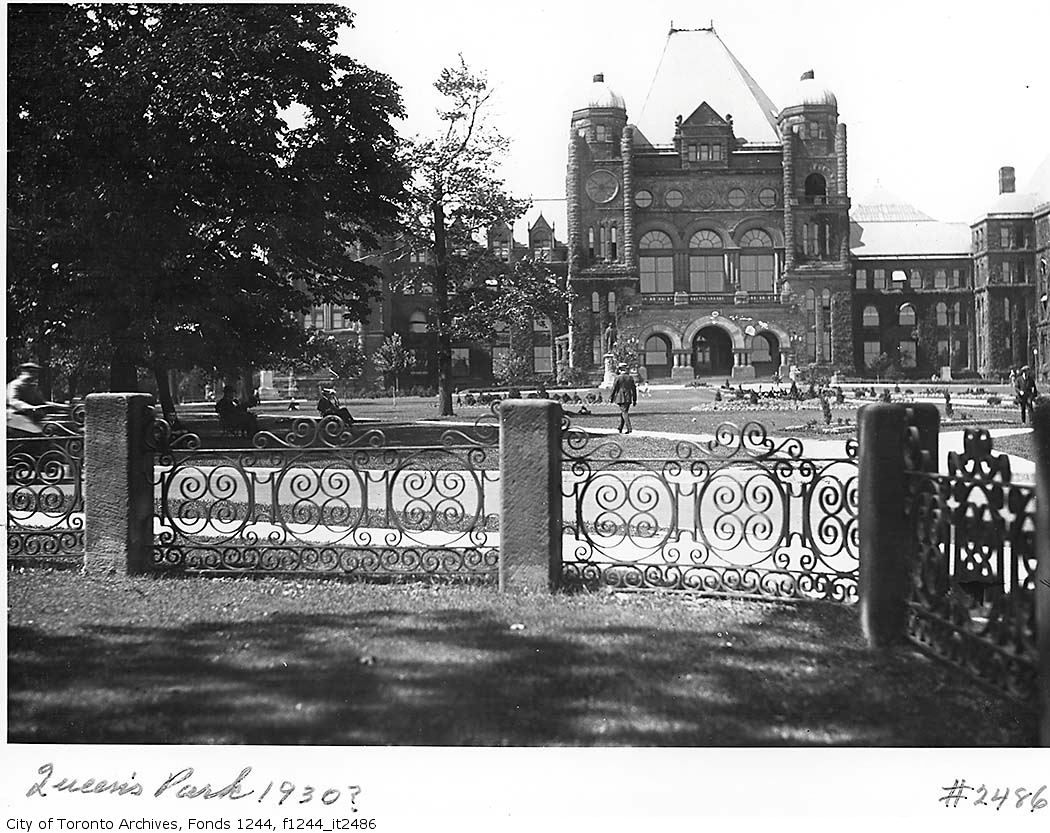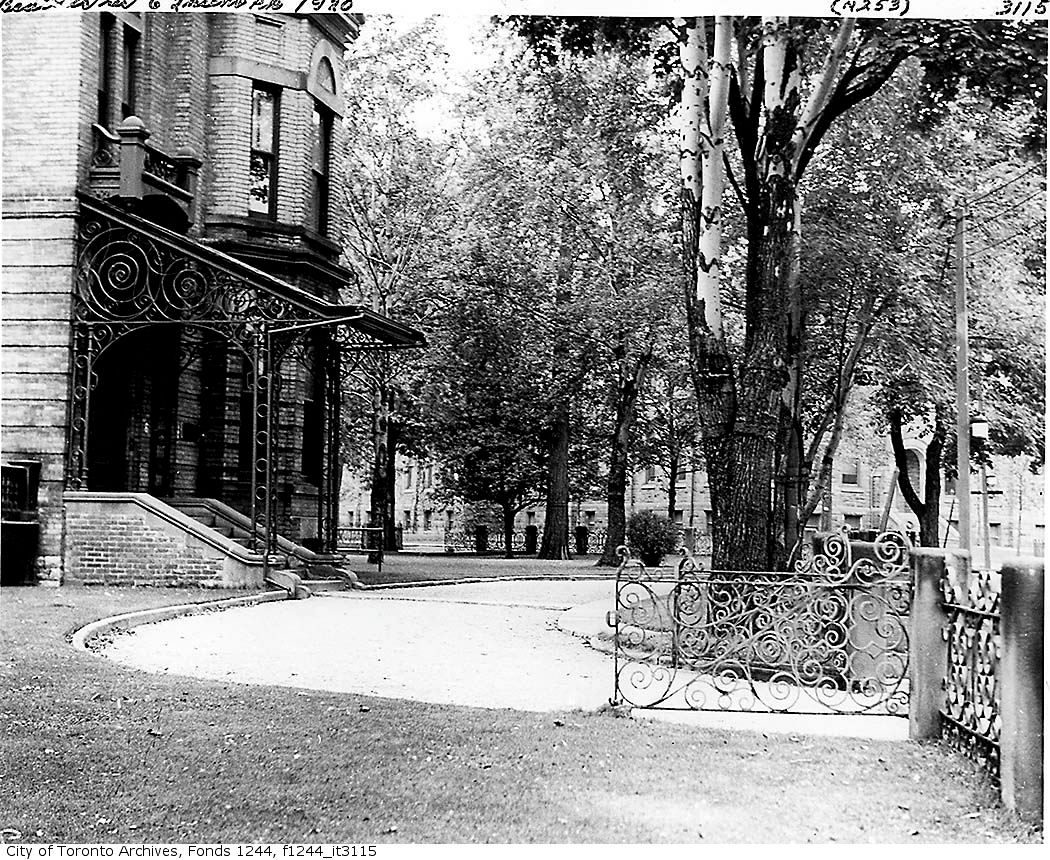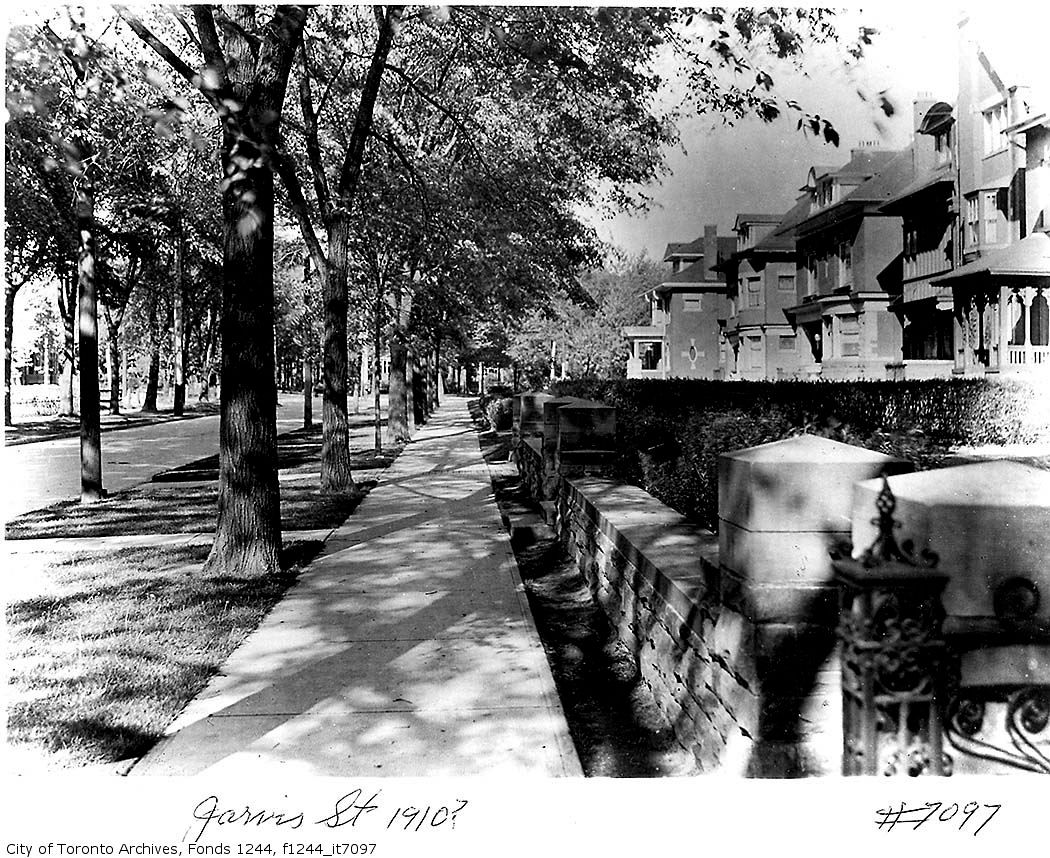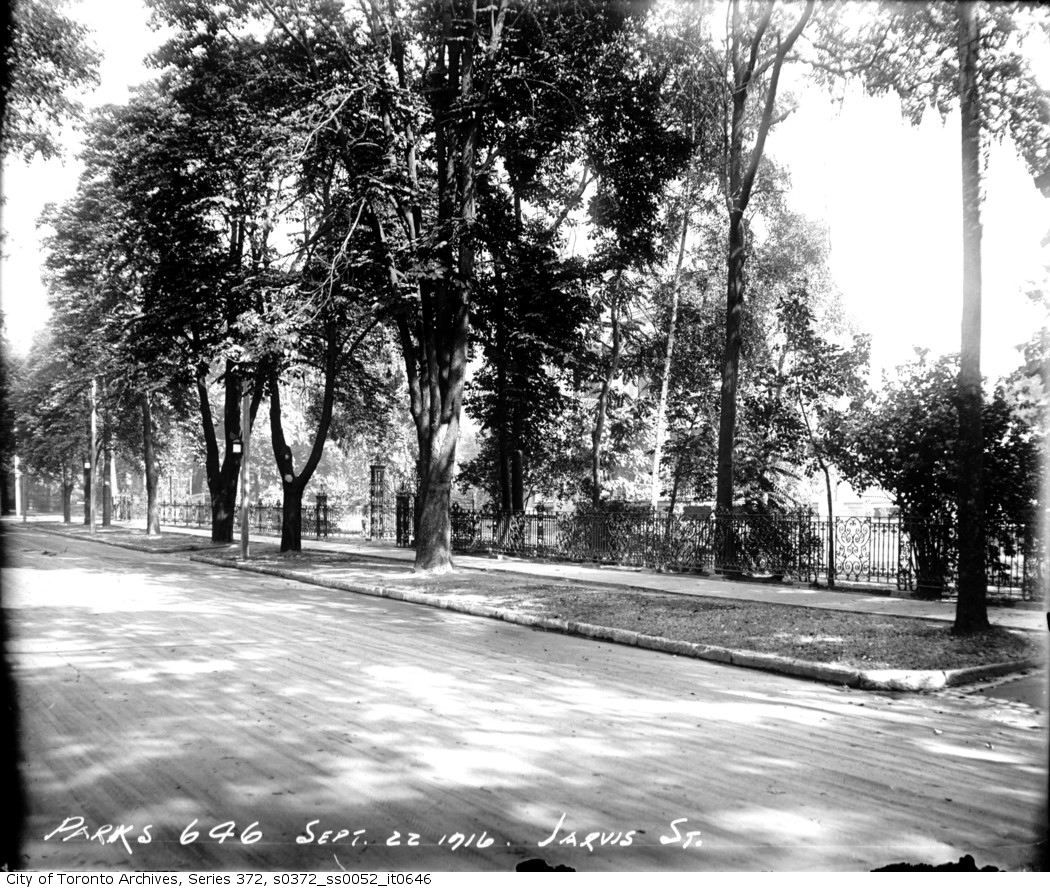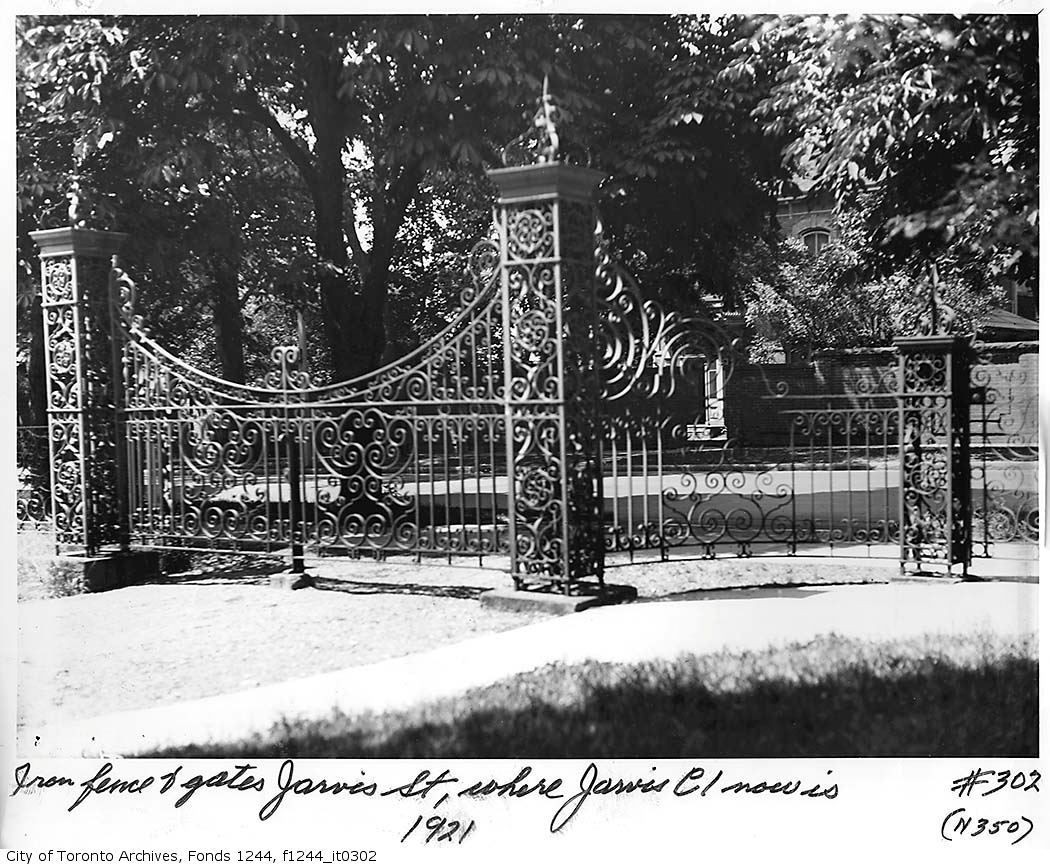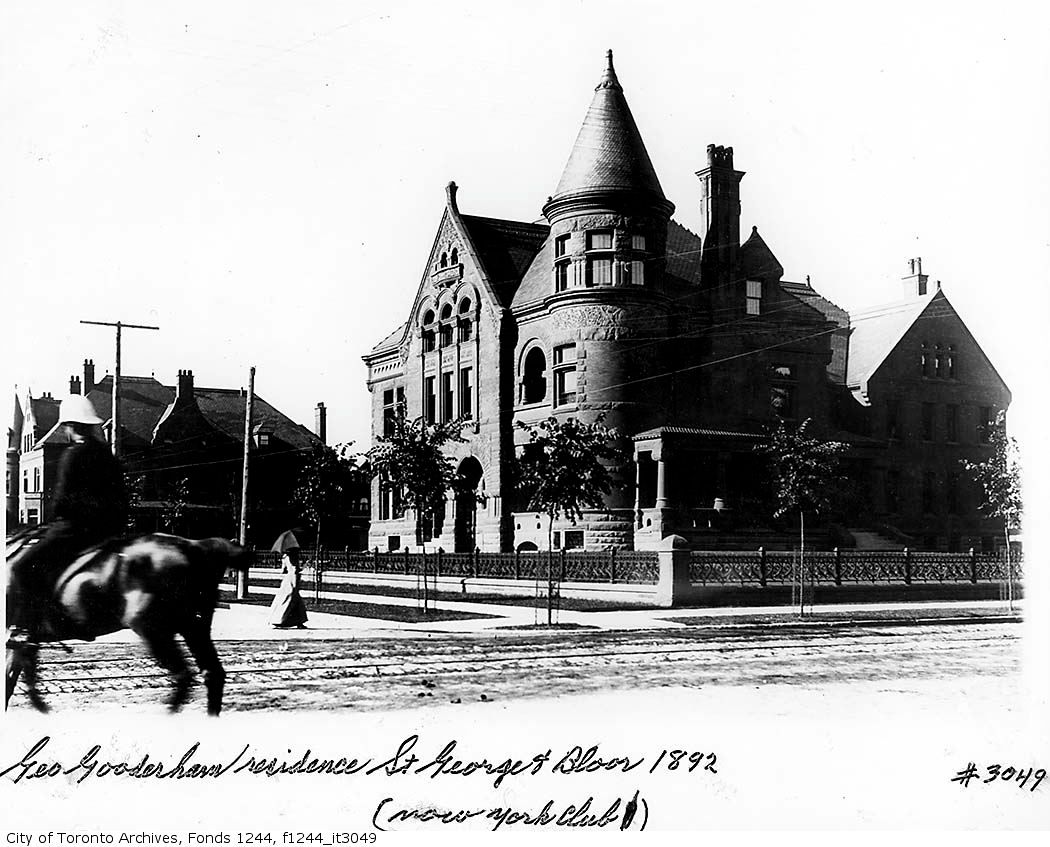J T CUNNINGHAM
Senior Member
And how convenient; a Doctor and dentist as tenants upstairs for
"slips + falls"! (LOL)
Regards,
J T
"slips + falls"! (LOL)
Regards,
J T
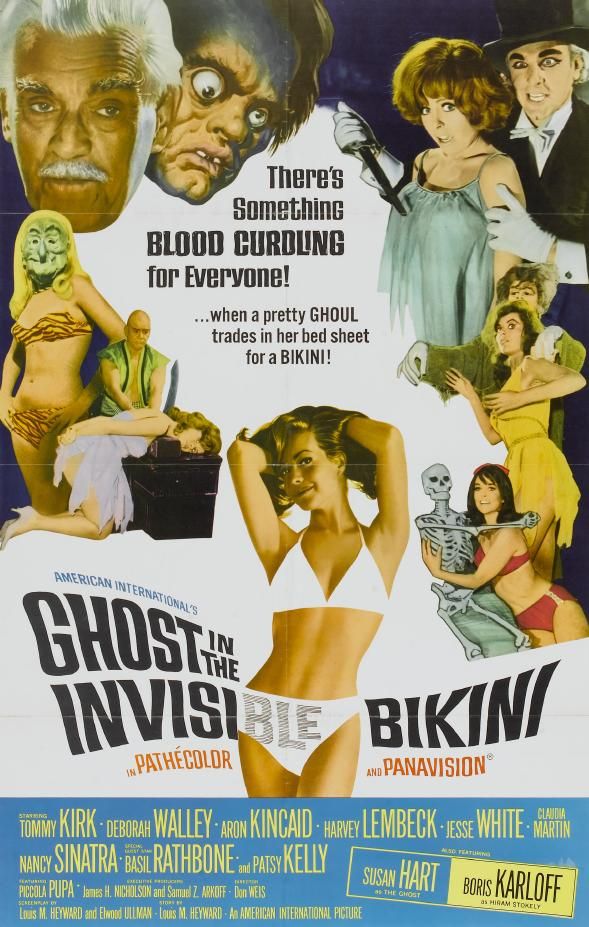
True, but Toronto was not as homogenous as many of these pictures imply, and in spite of the Orange establishment, certainly Roman Catholics played a large role in the early cultural and religious life of the city. Eventually, so did the waves of immigrants arriving towards the end of the 19thC, including eastern European Jews, Italians, Greeks, and Chinese. Their presence is not often felt in the archival material. Remember also that even in photos such as war rallies, royal visits and political events, these were all events that often transcended the differences within the citizenry.
Mrs. Josephine Ciccone 1936:

Mrs. Pieirina Gargarella and Mrs. Josephine Ciccone make tomato paste in their back yard - [ca. 1936]
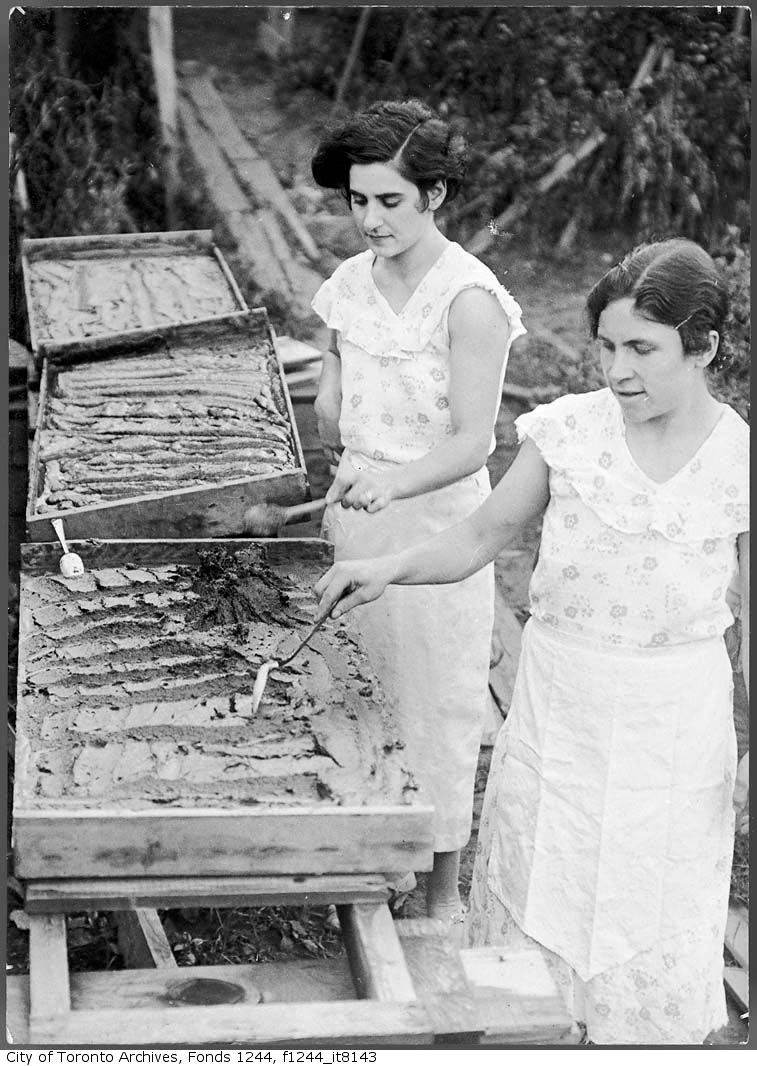
Johnny Lombardi Italian Records (1960's?):
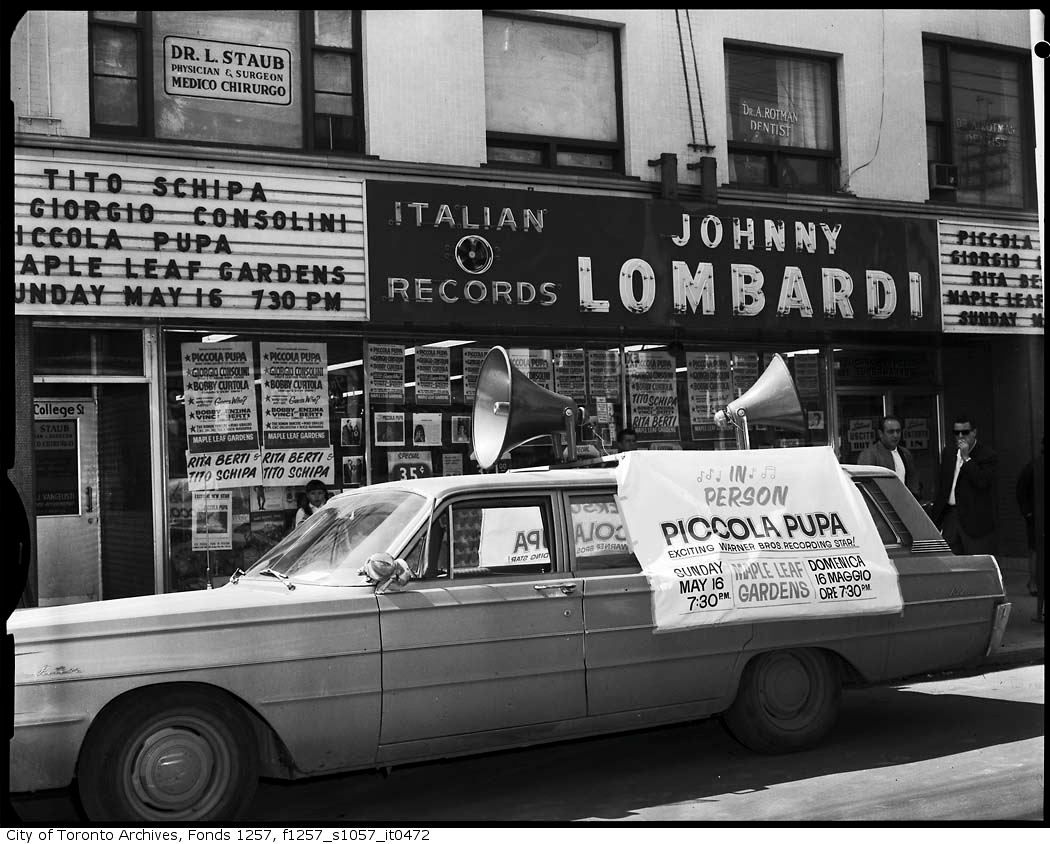







this is one of my all time favourite photos of lost Toronto. a typical street corner in the Ward on May 15 1912. the buildings slated for demolition....
the photo has a really beautiful wide angle kind of look. i love the yiddish letters painted on the glass window of the storefront, the hand painted Coca-Cola sign and the early printed movie and theater posters. also, i don't know when electricity came to the Ward, but i would imagine that those hydro poles hadn't been there all that long....
based on the length of the shadows, it is either early in the morning or early evening. i love the difference in the posture of the children; the girl nervously looking at the camera, and the boys further off, one with a cocky stance, arms folded across his chest.
i love it when there is an exact date on an old photograph. it reminds you of how history is just a succession of days; days that are made up of mornings, afternoons, evenings and nights; and how each one pretty much like the next--century in, century out.
in this case, it makes you realize that one spring day, 98 years ago, those forever unnamed children (now almost certainly dead) stood there in that long gone spot, staring at a man with a camera....

















